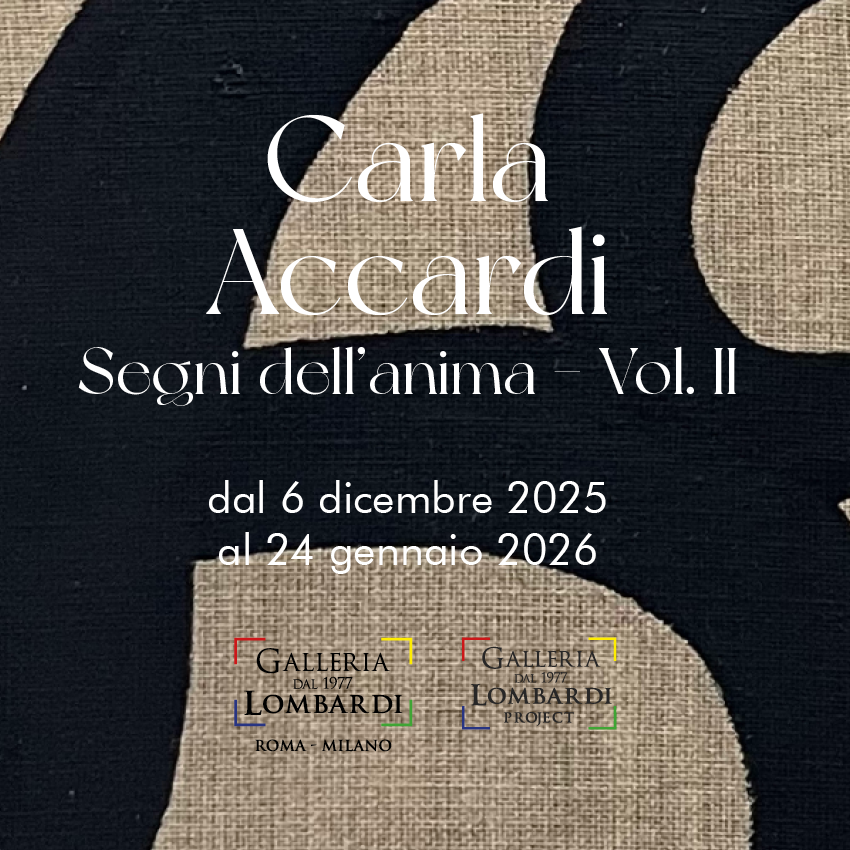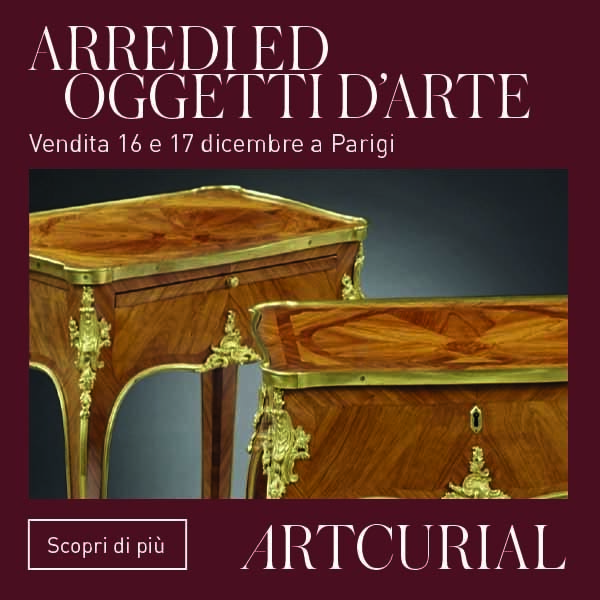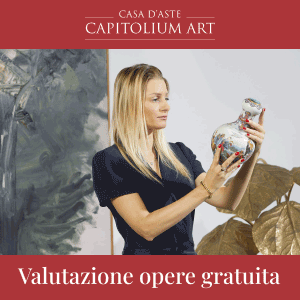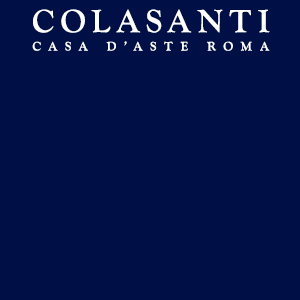A Major Gift to The Courtauld from Frank Auerbach
22 September 2012 to 13 January 2013
The Courtauld Gallery is honoured to have received a major gift of nine etchings by Lucian Freud (1922-2011). They are the first works by this master of post-war British art to enter the collection and represent a significant addition to the Gallery’s expanding 20th-century holdings. The etchings will be the subject of a special display at The Courtauld Gallery.
The etchings have been presented to The Courtauld by Frank Auerbach, one of Britain’s most important modern artists and one of Freud’s closest friends. The nine prints were gifts from Freud to Auerbach over a period of several years and many are inscribed with dedications, making them particularly significant impressions. To complement this gift, The Garcia Family Foundation has generously presented The Courtauld Gallery with Frank Auerbach’s etching of Lucian Freud, a powerful portrait of his friend produced in 1981, which makes a perfect addition to this group of works.
The Freud prints were produced during the 1980s and early 1990s: the period when the artist returned to etching with renewed commitment to the medium after a hiatus of many years. He embraced the creative potential of etching with marked vigour and inventiveness, relishing what he described as its “danger and mystery. You don’t know how it’s going to come out. What’s black is white. What’s left is right.”
The works in the gift range from small, intimate head studies, such as that of his daughter, Bella Freud, to large-scale, monumental male and female nudes, including one of the celebrated masterpieces of his printed oeuvre, Blond Girl, 1985. Freud’s etchings have a revered and distinct place as part of his artistic legacy. He exploited the medium’s unique linear qualities to produce works that offer a visual experience that is strikingly different from either his paintings or drawings.
Freud’s practice was to work directly on the copper etching plate with a simple etching needle over the course of many weeks and months of sessions with a particular model. His famed uncompromising scrutiny of his subjects is conveyed in the etchings through a carefully calibrated use of hatching and cross-hatching. Each incised line is a painstaking mark of his intense observation and concentration. As Auerbach himself put it: “When I think of the work of Lucian Freud, I think of Lucian’s attention to his subject. If his concentrated interest were to falter, he would come off the tight-rope; he has no safety net of manner… The subject is raw, not cooked…”












